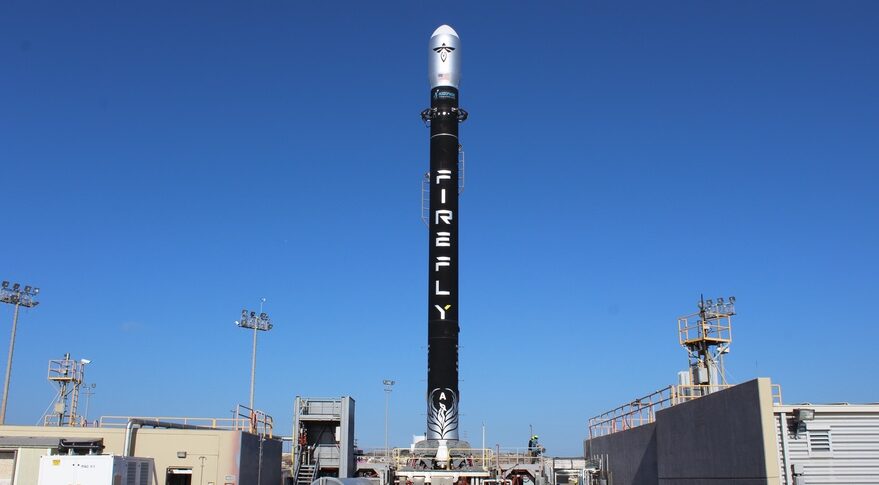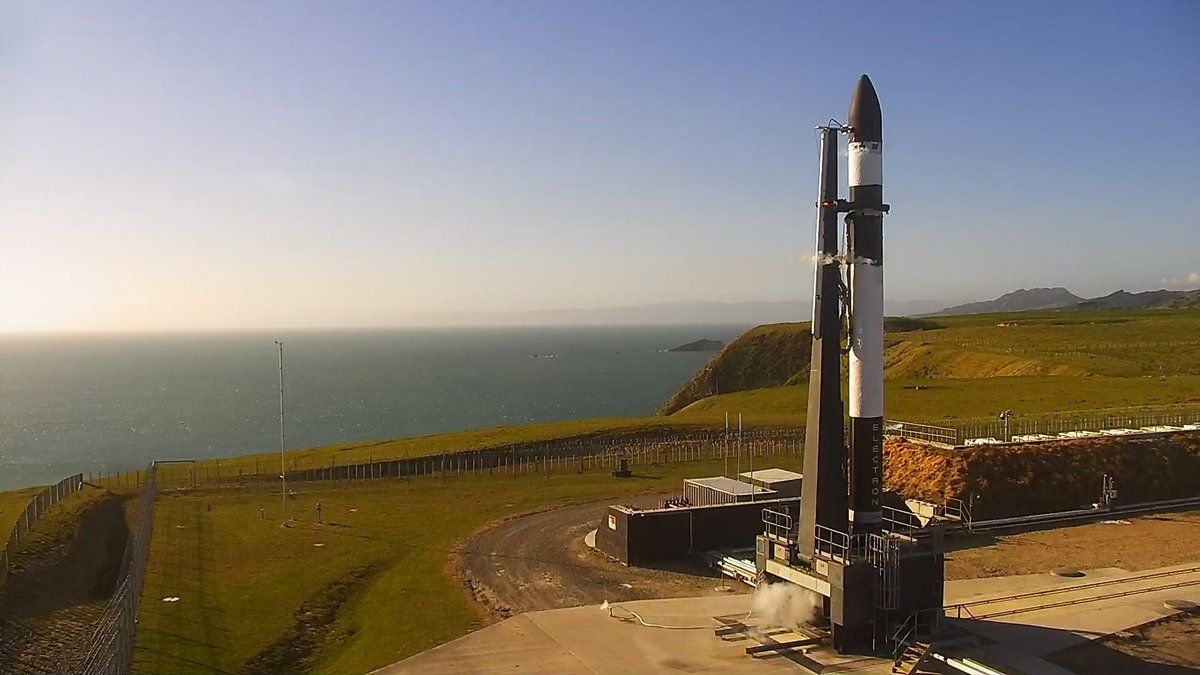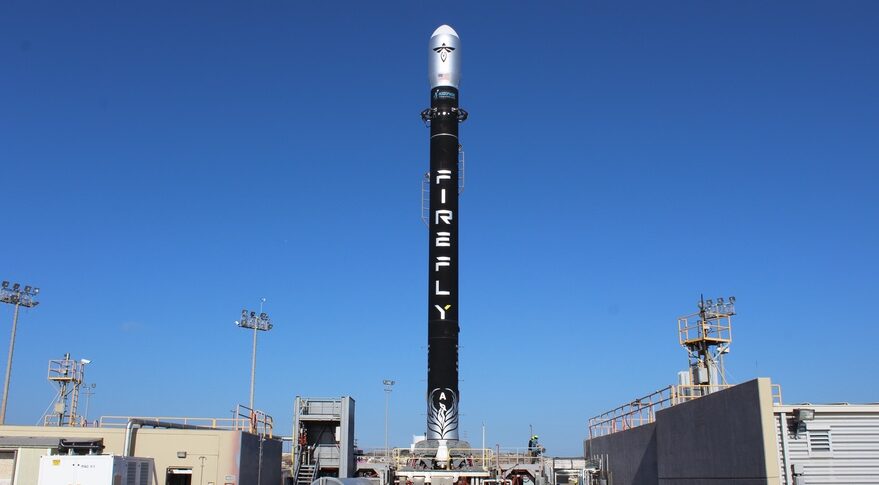
Why Small-Lift Launch Vehicles Are So Important
With so many larger private space companies taking the spotlight, it can be easy to forget about the small guys. While small-lift launch vehicles are not nearly as big as rockets like Starship, they are very important for the future. Not only that but they will be responsible for a lot of progress surrounding the space industry.
Small-lift launch vehicles are so important thanks to their low launch costs, fast turnaround times, competitive prices, and more. They currently are and will continue to be a big part of the private space industry and space in general. With so much demand for launch vehicles, the smaller rockets will be able to provide consistent and affordable launches to countless companies.
Not only will they have a big impact on the commercial launch sector but they are also innovating a lot. With some companies planning to catch parts of their rocket out of mid-air with a helicopter, there is no short of ambition and innovation. As time goes on we are likely to see more and more small-lift launch vehicles and companies make a big impact.
What Is A Small-Lift Launch Vehicle?

A small-lift launch vehicle is a rocket capable of bringing up to 2000kg into low Earth orbit. Anything higher than that and the rocket is instead classified as a medium-lift launch vehicle. Small-lift launch vehicles are often as the name suggests not very big. A lot of the time you will see these rockets between 10-20m tall, with some being larger or smaller than that. Their smaller size means they are not able to bring as much cargo into orbit which is not necessarily a bad thing. Additionally, these smaller launch vehicles have a lot of unique benefits compared to larger rockets.
Current Small-Lift Launch Vehicles & Companies
Currently, there has been a lot going on in the small-lift launch sector. Many private companies have started either testing or successfully launching their small-lift launch vehicles. Some of the more popular companies include Rocket Lab, Astra, Firefly Aerospace, and many more. Rocket Lab has had a lot of success up to this point with their Electron rocket. This rocket is a partially reusable two-stage small lift launch vehicle.
Other companies such as Astra recently had an orbital test flight with their rocket. Private companies are making a big stride in the space industry, especially in the small-lift launch vehicle sector. There are a lot of factors for this including large demand and lower costs. While it’s still very difficult to start a rocket company no matter what size, there are some big benefits for smaller launch providers. Here I only named three of many private companies with big goals and ideas for the future. It is likely we will continue to see more and more companies get involved as time goes on.
Importance Of Smaller Launch Vehicles

Low Launch Costs – One big benefit of smaller launch vehicles is the lower cost. While smaller rockets are still expensive, they are nowhere near as expensive as 100m plus tall rockets. This lower cost creates a lot of positives around small-lift launch vehicles. One of those specific benefits is the process of starting a rocket company. The lower costs can not only encourage more people to start companies but can also give them more room for error when developing their first rocket. The rocket development process is extremely difficult and expensive due to a lot of test vehicles blowing up unexpectedly. The lower cost can help businesses eventually succeed. Not only does lower launch costs help with the business aspect but also with the launch schedule. Each launch having lower costs means they can be a lot more frequent.
Fast Turnaround Time – Small-lift launch vehicles can launch a lot more often than larger ones. As mentioned before, the main reason for this is the lower launch costs. The increased turnaround time for launches has a lot of different benefits. Some of the main ones include reliability, innovation, commercial deals, and more. When looking at specific aspects such as reliability, the increased launch schedule has a direct impact on the quality and consistency of a rocket.
The best way to get data and different information about a rocket is through actual launches. These launches provide accurate information that is extremely valuable. The information provided allows the company to make changes when necessary to improve the rocket. As the launch vehicle goes through more and more launches, it becomes more reliable and a better overall rocket. Small-lift launch vehicles’ lower cost can help speed up this process significantly.
Commercial Deals – Another benefit of small-lift launch vehicles is the opportunity for different commercial deals. Currently, there is a massive market for space launch services. Specifically, there are a lot of companies that want to get their technology into orbit. However, despite all the demand for launch providers, there are not a lot of options right now. Small-lift launch vehicles are perfect for many of these commercial deals.
One problem with larger rockets when launching satellites is the rideshare process. To make a bigger rockets trip to space worth all the money, the company needs to get as much cargo/customers as possible. This means a rocket will take multiple companies’ different cargo and launch all of it at the same time into a very similar orbit. This is a solid solution but it has some downsides. One of the bigger downsides is the specific orbit. Once in orbit, the upper stage cannot just shift around the Earth and place each satellite into a designated orbit. This is where the small-lift launch vehicles come in handy. Their lower prices would allow companies to purchase a ride to space for just themselves. Not only is this a lot more affordable but they can put their satellite in a much more specific orbit rather than a general one.
Innovation – One of the final big benefits of small-lift launch vehicles is the increased innovation. The lower launch costs, increased launch schedule, and more, all help increase the innovation. One of the best ways to learn about and improve a rocket is through testing. Additionally, if you want to lower your launch costs even more and speed up the process, innovating can help accomplish both. An example of this could be Rocket Lab’s Electron rocket. Rocket Lab is working on the process of catching Electron’s booster out of mid-air with a helicopter. They have already had a successful test where they dropped the booster and then managed to catch it with a helicopter. It’s crazy and ambitious ideas like these that help lower launch costs, speed up launches, and more. This has an overall positive impact on the space industry and the future of larger and smaller launch providers.
Conclusion
Small-lift launch vehicles are extremely important to the current space industry. It is likely they will be even more important as time goes on. With the space industry and demand for launch providers growing rapidly, we are going to see more small-lift launch vehicles in the future. These smaller vehicles help lower launch costs, speed up launch turnaround time, provide competitive prices, spark innovation, and more. With so much attention around the bigger space companies, it can be easy to forget about the little guys. It’s important however to realize the smaller launch providers importance and the impact they will have on the future of the space industry. It is extremely likely in the future we will see more companies come to life and the small-lift launch vehicle sector expand significantly.
